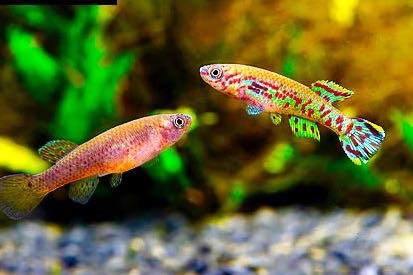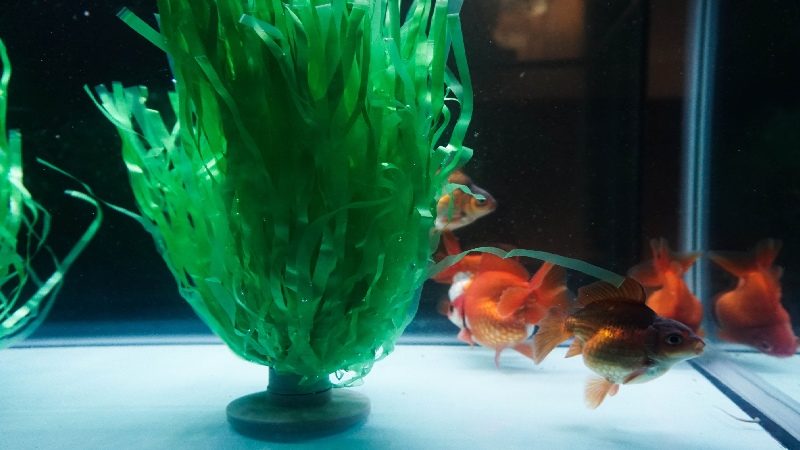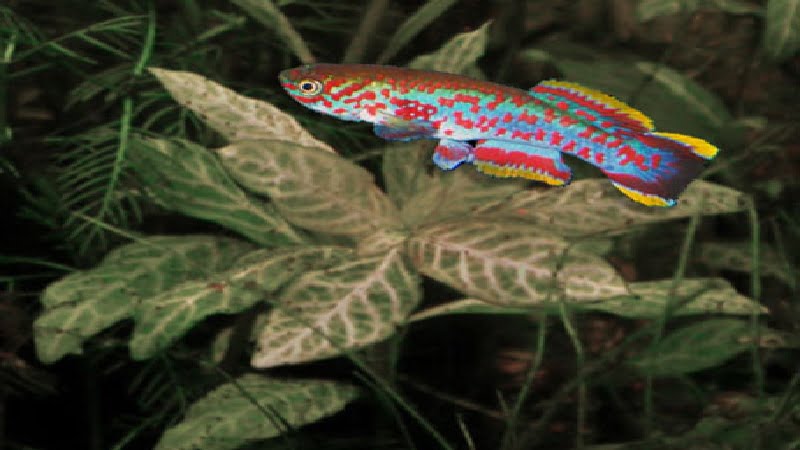The Gardneri Killifish is a beautiful and exotic fish that beginners often raise in the aquarium hobby. They are very easy to care for and make great first pets. One of the most common questions asked by new hobbyists is how to raise the Gardneri Killifish eggs. This article will give you some tips on how to raise these eggs successfully.
Gardneri Killifish Fact

This fish is known as Killy because it is derived from the Dutch way of saying ditch or channel, not because it is a killer in aquariums. These types of males have vivid blue/green coloring with numerous red spots that run the length of their bodies. Yellow fringe lines the tips of the dorsal, anal, and caudal fins. The females have a lighter coloring with many small, brown spots running the length of their bodies. There are many different colors of lyretail extensions that create this effect. The tail rays are short extensions attached to the upper and lower rays.
In the wild, these fish have a wide range of colors; each stream has a different color pattern. Gardneri Killies are normally less than 2-1/2″ long. Because they live in shallow environments that are often dry, they have evolved to be excellent jumpers and can move from one more petite body of water to another. Therefore, the aquarium needs to be tightly covered.
Gardneri Killifish Eggs & The Breeding Process
Gardneri Killifish eggs are a great addition to any fish tank. They are easy to breed and have bright colors. However, before you can spawn your eggs, you must first determine the sex of the Gardneri Killifish. Male Gardneri Killifish will have a smaller Scylla and larger Anal fin, while females will have the opposite. Keep reading to learn how to breed these fish!
Breeding Process
If you want to breed your fish, you need a tank of at least 10 gallons, plenty of plants for cover, and a sponge filter. To breed Killifish, the water temperature should be between 60-70°F (16-21°C). And when it comes time to spawn the eggs, you may find other fish in your main aquarium that will gobble them up, so you should place them in their separate tank while they hatch.
Once they hatch, the newborn fry should be fed protein-rich food daily until they reach adulthood. In just a few weeks, you can remove both parents and place them back into your main aquarium, where they’ll live happily ever after with other adult members of their same species!
The Egg Caring Guideline

Breeders employ various techniques, and one popular, albeit time-consuming, technique involves picking eggs by hand from the laying mop and placing them in a separate bowl. Those who handle the mop carefully will find that most eggs will not be damaged during the transfer. Using 2 cm of water will suffice to keep the eggs incubated. Using water from the aquarium where the eggs were laid, perform a small water change a few times per week. The egg will become darker as it develops, and after a while, the darkness of the eyes will be visible through the shell.
The moment you notice any white eggs, you should remove them as soon as possible. Unfertilized eggs turn white after a few days, whereas fertilized eggs are clear or amber in color. Removing unfertilized eggs from the rearing bowl is essential as they serve as breeding grounds for bacteria and fungi. An eyedropper is the easiest way to remove them.
If the water temperature is kept at 24 degrees Celsius, Fundulopanchax gardneri Nigerians’ eggs will generally take two weeks to hatch. You can use an eyedropper to transfer emerging fry to your rearing aquarium. In new-hatched fry, the yolk sac is just small or not present. In fact, it will be able to swim almost from day one freely and can be fed freshly hatched brine shrimp as well as microworms.
You can expect your fry to reach 10 mm in length within three weeks if you provide them with nutritious food. By five weeks, they will be 2.5 cm long. The fry can live together even if some are larger than others since the species does not exhibit cannibalism.
Video: Easy Way to Breed Gardneri Killifish and Raise Killifish Fry
FAQs
What is the number of eggs that Gardneri killifish lay?
The number of eggs deposited in a single day can vary greatly, from a handful to more than 30 in some instances.
Does a killifish egg last long?
In places where the rainy season can be unpredictable, many Killifish eggs are capable of surviving for up to 20 months if necessary.
Are killifish capable of eating their fry?
Fish as small as they can fit into their mouths are eaten by killifish, which are carnivores. Eggs and fry also make their way into their diet.
In Conclusion
In conclusion, Killifish eggs are a great addition to any aquarium. There are many different ways to raise them, so find the method that works best for you and your fish. For beginners, using a container of freshwater with some plant life will work well. As you become more experienced, you can transition your Killifish eggs into an established aquarium with plenty of plants and fish. If you have any problem, you can ask an expert for help.
Reference:
https://www.wikiwand.com/sv/Fundulopanchax_gardneri

Annette M. Chaney is an experienced marine biologist with over 20 years of experience as an aquarist and fishkeeper. She started her first aquarium at a young age, filling it with frogs and goldfish obtained from the ten-cent pet store.
Annette grew up caring for and breeding African Cichlids, which led to a hobby in high school that doubled as a profitable means. Attending Reed College gave her time to solidify herself as an accomplished aquarium caretaker with an eye for sales. After that, from 2009 – 2013, she studied at Roger Williams University – one of the most prestigious universities for Aquaculture and Aquarium in USA. She is the founder of AquariumCircle since 2010.
